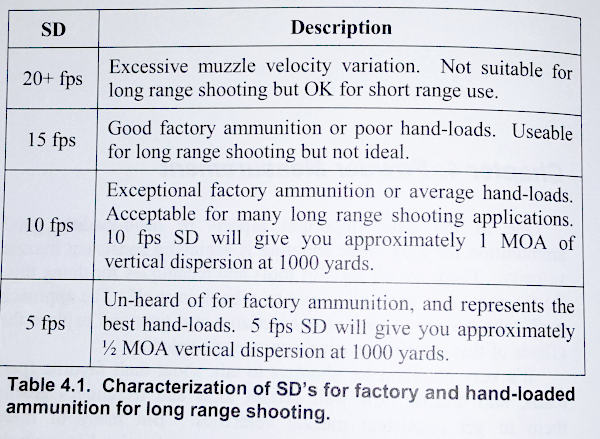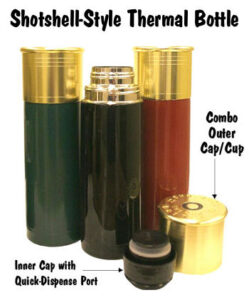May 2, 2022Why you CANNOT Rely On the MV Printed on The Ammo Box!
It is “mission critical” that you have an accurate muzzle velocity (MV) when you are using a ballistics solver to help you plan your come-ups. When shooting factory ammo, it’s tempting to use the manufacturer-provided MV which may be printed on the package. Bryan Litz from Applied Ballistics says that this is not a good idea. Bryan warns against relying on the MV value on the box. Bryan suggests that you take out your chrono and conduct your own velocity tests. There are many reasons why the MV values printed on ammo packaging might be incorrect. Below is a discussion on factory ammo MV from Applied Ballistics’ Facebook Page. You don’t know anything about the rifle that was used to conduct the MV test. It is important to know what the atmospheric conditions were during testing. You don’t know the SD of factory ammo or how the manufacturer calculated the MV. Marketing plays a part in this. You don’t know the quality and precision of the chronographs used for velocity testing. It is not known if the manufacturer used raw velocity or back-calculated MV. It is not known what the BC used to backtrack that data. Your rifle and the factory test rifle are different. Other than the fact that the chamber is different and the barrel length may be different, other important factors include the barrel twist rate and how much wear the barrel has received. Is it new or has it been there before? It is impossible to know anything about the rifle that was used in testing. The conditions of temperature and humidity may be different than during testing. Powder’s physical properties can be affected by temperature, which can affect how it burns. This is in addition to the fact that powders can have very different temperatures. It is impossible to know the conditions at the time of testing. Factory ammunition often contains powder that is meter-friendly. Ball powder can sometimes be meter friendly, but it is less stable than stick powder. The Standard Deviation (SD), of ammo is unknown. MV is often listed on ammo packaging, but Standard Deviation (normally), is not. Factory ammunition can have a SD of 18 or more. Sometimes, it can go as high as 40+. Metering powder is no different. Marketing aside, did they choose the SD’s high, low, and average ends? We don’t really know. You won’t know until you try it yourself. Hand-loaded ammo should be at least 10 fps. High SD is often due to factory loads and metered powder. The image below is taken from Modern Advancements in Long Range Shooting Volume II. It is not known how MV was calculated. What chronograph system was used by the manufacturer, and how did they track back to a muzzle velocity. A chronograph doesn’t measure velocity at the muzzle, it only measures velocity at the place it is sitting. You will need to calculate the distance between the chrono and the barrel’s end. This calculation requires a semi-accurate BC. Which BC was used to track the muzzle? Or did the manufacturer do it? They printed the numbers on the chronograph or did they just print them? What type of chronograph did they use? Our Lab Testing has shown that not all chronographs work the same. You won’t know the chronograph used if you don’t know the quality of the measurement. See: Applied Ballistics Chronograph Chapter Excerpt.5. It is possible that the MV data is not current. Is the manufacturer required to update this data for each lot? Is it the same data as years ago? Manufacturers rarely, if ever, re-test and update information. It is updated every lot. (ABM Ammo actually tests every lot for 1% consistency). You could be using data from years ago without knowing this information. CONCLUSION: Do not use the printed MV from a box of ammo for anything other than a starting point. There are too many factors to consider. Always use a chronograph to test for the MV or carefully collect live fire data. If you use a Ballistic Solver, such as the AB Apps or Devices embedded with AB to calculate the MV, you must know the MV at a speed of 5 fps. The more reliable your MV number, you will be able to provide better ballistics solutions.
Similar Posts:Tags Applied Ballisitics Bryan Litz, Chrono and Chronograph Factory Ammo Muzzle Velocity, MV

















